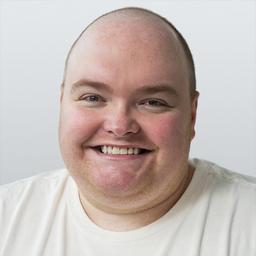More than one in five U.S. renters—22 percent—use all of their regular income to pay for rent, according to a recent survey commissioned by real estate brokerage firm Redfin.
The survey, conducted in September by Ipsos among 1,802 U.S. residents aged 18 to 65, found that 19 percent of renters reported working a job they disliked to afford rent, while 20 percent said they had taken on a second job to pay for housing.





